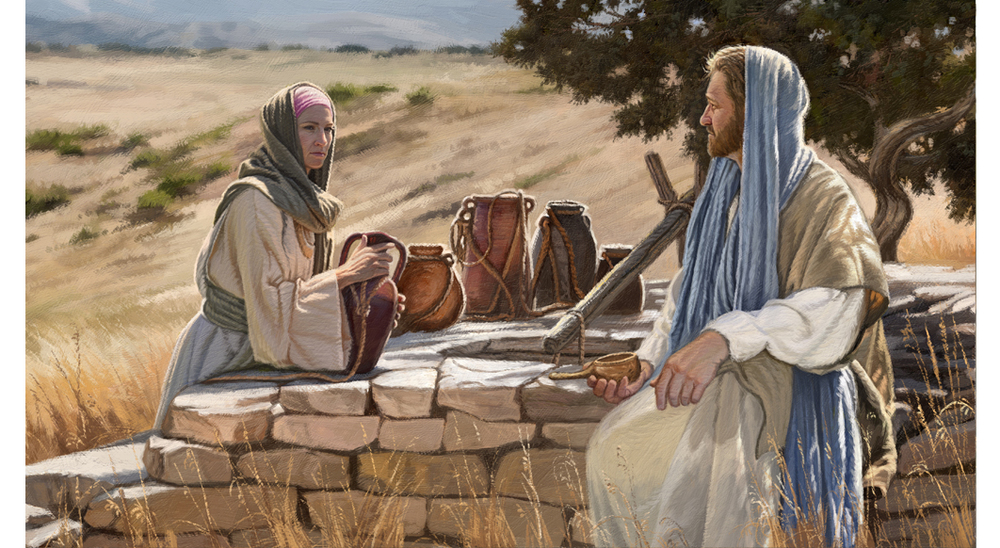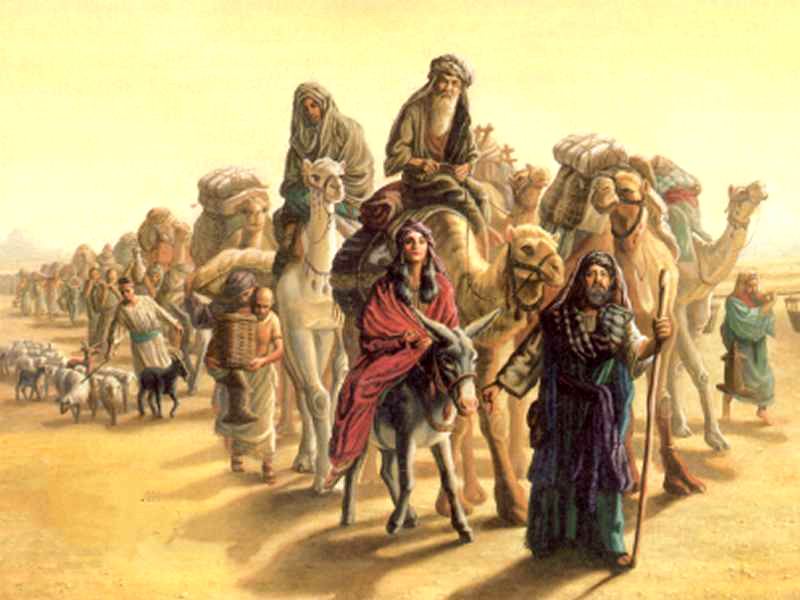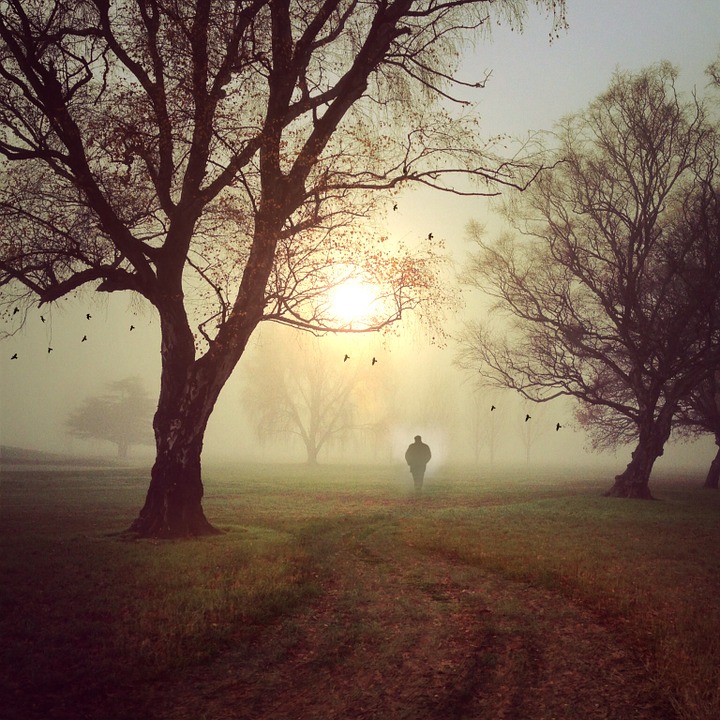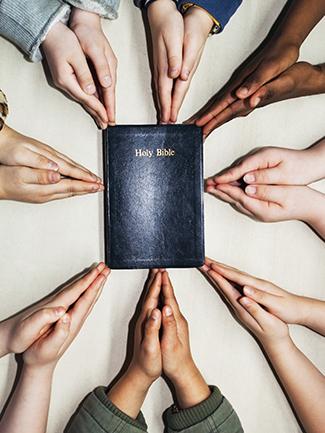« The story of women’s struggle for equality belongs to no single feminist nor to any one organization but to the collective efforts of all who care about human rights, » says world-renowned feminist, journalist and social and political activist Gloria Steinem. Thus International Women’s Day is all about unity, celebration, reflection, advocacy and action – whatever that looks like globally at a local level. But one thing is for sure, International Women’s Day has been occurring for well over a century – and continues to grow from strength to strength.
2017 and beyond
The world has witnessed a significant change and attitudinal shift in both women’s and society’s thoughts about women’s equality and emancipation. Many from a younger generation may feel that ‘all the battles have been won for women’ while many feminists from the 1970’s know only too well the longevity and ingrained complexity of patriarchy. With more women in the boardroom, greater equality in legislative rights, and an increased critical mass of women’s visibility as impressive role models in every aspect of life, one could think that women have gained true equality.
The unfortunate fact is that women are still not paid equally to that of their male counterparts, women still are not present in equal numbers in business or politics, and globally women’s education, health and the violence against them is worse than that of men. However, great improvements have been made. We do have female astronauts and prime ministers, school girls are welcomed into university, women can work and have a family, women have real choices.
And so each year the world inspires women and celebrates their achievements. IWD is an official holiday in many countries including Afghanistan, Armenia, Azerbaijan, Belarus, Burkina Faso, Cambodia, China (for women only), Cuba, Georgia, Guinea-Bissau, Eritrea, Kazakhstan, Kyrgyzstan, Laos, Madagascar (for women only), Moldova, Mongolia, Montenegro, Nepal (for women only), Russia, Tajikistan, Turkmenistan, Uganda, Ukraine, Uzbekistan, Vietnam and Zambia. The tradition sees men honouring their mothers, wives, girlfriends, colleagues, etc with flowers and small gifts. In some countries IWD has the equivalent status of Mother’s Day where children give small presents to their mothers and grandmothers.
A global web of rich and diverse local activity connects women from all around the world ranging from political rallies, business conferences, government activities and networking events through to local women’s craft markets, theatric performances, fashion parades and more. Many global corporations actively support IWD by running their own events and campaigns. For example, on 8 March search engine and media giant Google often changes its Google Doodle on its global search pages to honor IWD. Year on year IWD is certainly increasing in status.
So make a difference, think globally and act locally! Make everyday International Women’s Day.
Source: Text: www.internationalwomensday.com Image: India.com


 participants of the First International Meeting of People Affected by Dams that took place in March, 1997 in Curitiba, Brazil.
participants of the First International Meeting of People Affected by Dams that took place in March, 1997 in Curitiba, Brazil. 
 It is hard to imagine the situation described by the 1st reading which shows Abram told plainly and simply: “Leave your country…” (Gn.12:1-4).
It is hard to imagine the situation described by the 1st reading which shows Abram told plainly and simply: “Leave your country…” (Gn.12:1-4).


 Through World Day of Prayer, we affirm our faith in Jesus Christ and engage with the whole world, are enriched by the faith experience of Christians of other countries and cultures, share the burdens of other people by praying with them and for them, and use our own talents in the service of God’s world. Prayer and action are inseparable and both have immeasurable influence in the world.
Through World Day of Prayer, we affirm our faith in Jesus Christ and engage with the whole world, are enriched by the faith experience of Christians of other countries and cultures, share the burdens of other people by praying with them and for them, and use our own talents in the service of God’s world. Prayer and action are inseparable and both have immeasurable influence in the world.

 These items exert a strong pull on different objects and, as such, I find them an excellent example to illustrate what… temptation is!
These items exert a strong pull on different objects and, as such, I find them an excellent example to illustrate what… temptation is!

 Who would not want to experience personally such acceptance, such mercy, such love?
Who would not want to experience personally such acceptance, such mercy, such love? What Rare Disease Day is about
What Rare Disease Day is about

